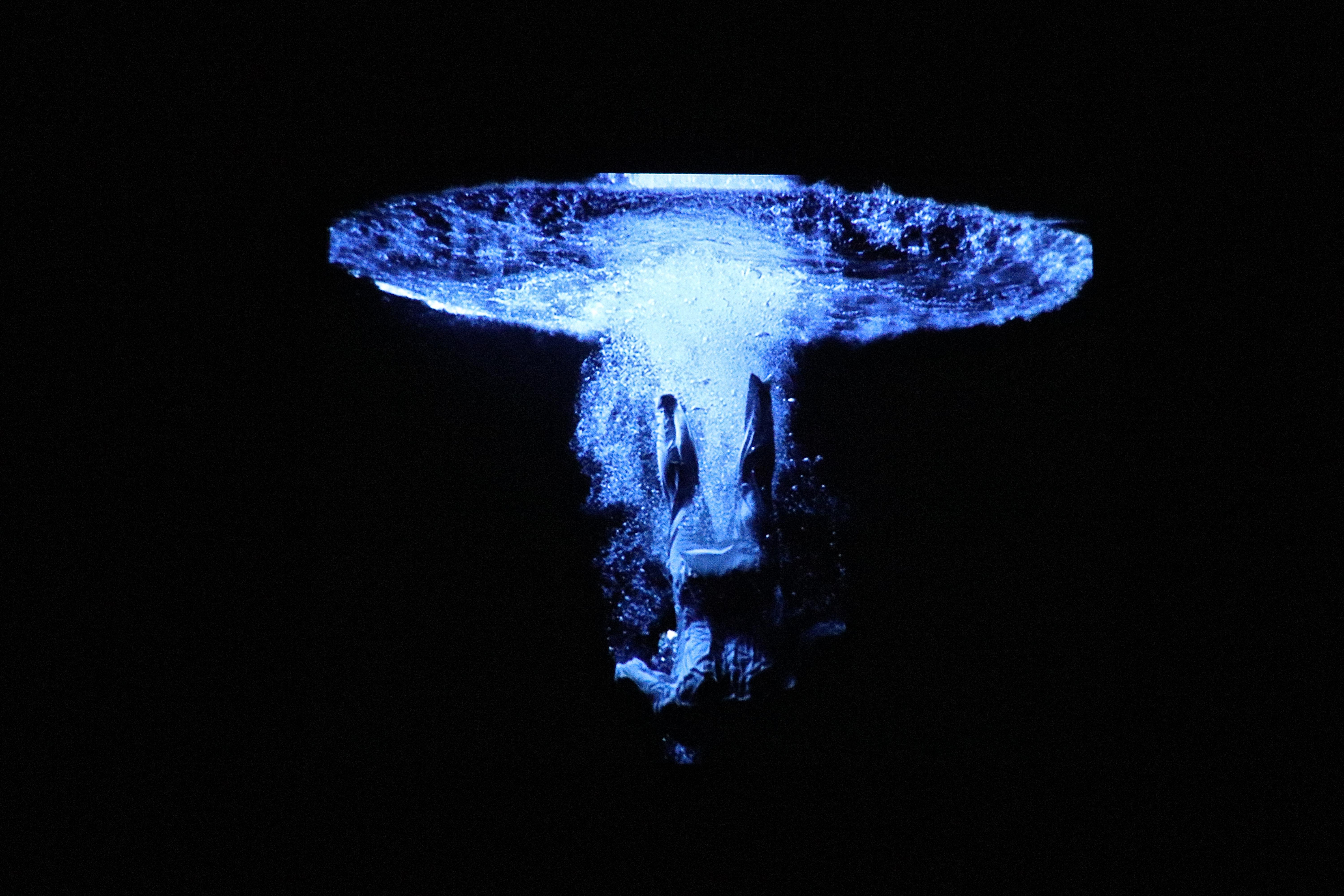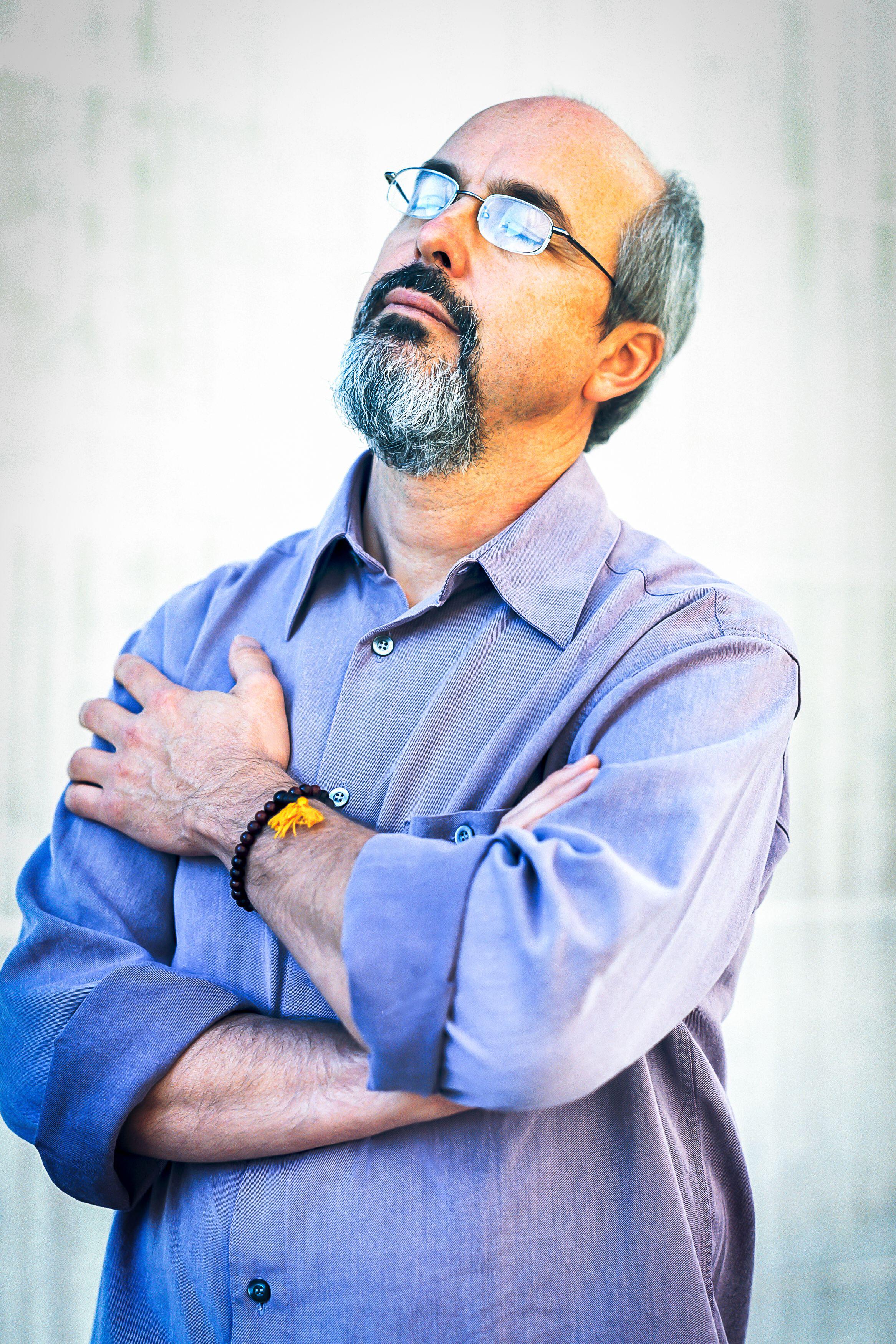He died on Friday at his home in Long Beach, California, of Alzheimer’s disease, his website announced.
What was called The Tristan Project opened in concert form at Los Angeles’ Walt Disney Concert Hall in 2004, premiered on stage at the Paris Opera the following year and was presented in concert at Lincoln Centre’s Avery Fisher Hall in 2007.
His staging has been revived several times in Paris, as recently as 2023, and versions have been presented in Finland, Japan, the UK, Spain, the Netherlands, Russia, Sweden and Canada. Videos were exhibited at New York’s James Cohan gallery in 2007.
“I hope that the audience will leave the theatre having a deeper understanding of the nature of our short time here on Earth and the importance and power of love and any kind of relationship we’re in really with the things and people in the world,” Viola said in a 2013 interview with the Canadian Opera Company.

While singers performed on the stage, a huge video showed images of individuals, water and candles and fire that ran from grainy grey to high-definition colour.
His technique included Viola filming in Vermont woods for a week alone with a camcorder, building a waterfall on a soundstage and lowering an actor on a wire, then using the video in reverse during the performance to make the actor appear to rise, and a crew of 70 in an airplane hangar with a 90ft pool of water and 25ft wall of flame.
“A defining moment in nearly 140 years of continual staging of an opera that transformed (and continues to influence) music more than any other single work,” Los Angeles Times critic Mark Swed wrote after a 2022 revival at Disney Hall.
During the Liebestod, the love-death that concludes the opera, Tristan’s body starts to bubble and he dissolves like Alka-Seltzer as he rises.
“This was the time I realised where I can put into play these experiences and these images that I’ve been working with about, let’s say, take fire and water, and actually make them work inside a larger whole,” Viola said in the COC interview.
He married Kira Perov, director of cultural events at Melbourne’s La Trobe University, in 1980, three years after they met when she had asked him to show videos at an exhibition.

Perov became his artistic collaborator and they spent a year in Japan on a cultural exchange programme before moving to California.
Viola said four hours of video were shot for the opera and the production strained his marriage.
“We put in a lot of our own personal money to finish it,” he said in the 2013 interview.
“Once we realised we were two-thirds of the way and the money was running out, we looked at each other and we said ‘This must be done’.”
Born in New York, Viola was a 1973 graduate of Syracuse, where he was mentored by Jack Nelson and began developing his video art. He worked at art/tapes/22, a video arts studio in Florence, Italy, and had his first major European exhibition at Florence in 1975.
Viola moved to New York and spent from 1976-80 at WNET Thirteen’s Television Laboratory as artist-in-residence and in 1976 created He Weeps For You, a live camera magnifying an image within a water drop, which travelled to New York’s Museum of Modern Art.
By the mid-1980s, Viola’s work was seen at the Whitney and the Museum of the Moving Image, and in 1987 he had what MoMa said was the first video artist to have a retrospective there.
He received fellowships from the National Endowment for the Arts in 1978, 1983 and 1989, and a MacArthur Foundation fellowship in 1989.
His work was shown at several of the Bienielle exhibitions of the Whitney Museum of Art.
He is survived by his wife and sons Blake and Andrei Viola, and daughter-in-law Aileen Milliman.





